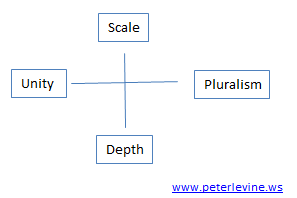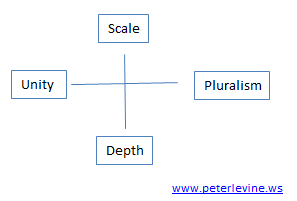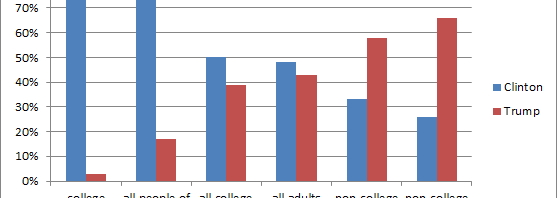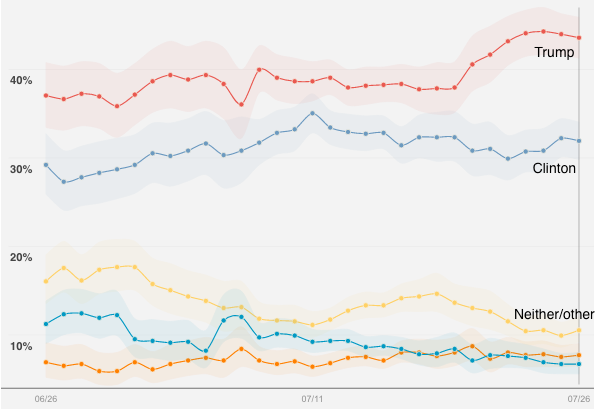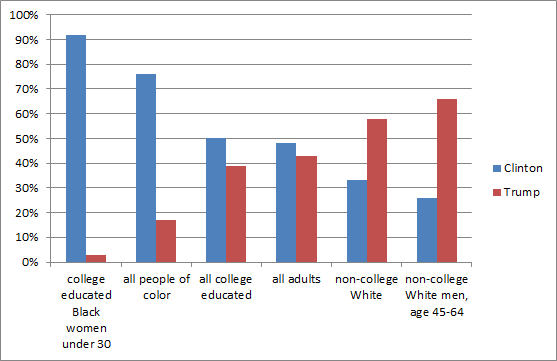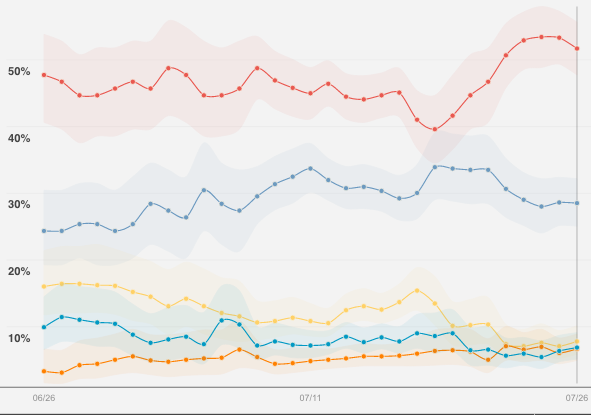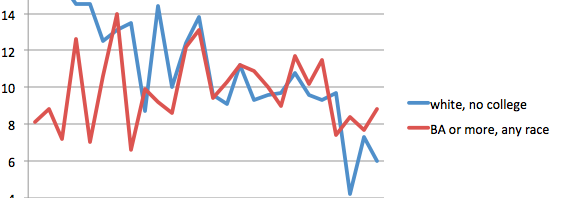- Facebook206
- Total 206
The leaders of China, India, Russia, Turkey, Venezuela, and Hungary–plus the President Elect of the USA and major political actors in Britain, France, and Austria (among other countries)–are called “populists.” A populist in this sense is one who views The People as homogeneous on important dimensions–for instance, race, culture, occupation, or ancestry–and as distinct from both foreigners and elites. Indeed, foreigners and elites are often seen as collaborating against The People. A populist leader represents The People, speaking for them and serving their interests. Therefore, it is wise to entrust power in the leader, who talks directly to and for each citizen. Majority rule is an attractive process, but majority votes that do not support the populist leader are suspect. Obstacles to populist government–rule of law, checks and balances, an independent press and civic society–are problematic at best.
There is, however, another sense of the word “populist” that deserves attention. In this conception, The People are not only heterogeneous; they are defined by being more pluralistic than the straight-laced elites, who promote one way of life as best for all. Furthermore, The People are not interested in surrendering their power to any leader. Their populist activity is all about building direct, grassroots, horizontal, participatory power. They are proud of their democratic innovations, whether those are letters of correspondence, Grange halls, sit-ins, salt marches, or flashmobs.
Eli Rosenberg, Jennifer Medina, and John Eligon began a recent New York Times article about anti-Trump protests:
They came in the thousands — the children of immigrants, transgender individuals, women and men of all different ages and races — to demonstrate against President-elect Donald J. Trump on Saturday in New York.
Some held handwritten signs like, “Show the world what the popular vote looks like.” The throng chanted, “Not our president!”
Showing the world that the popular vote looks heterogeneous is a traditional populist gambit, familiar from social movements and popular uprisings since time immemorial. It’s a way of demonstrating SPUD (scale, pluralism, unity, depth). I emphasize it because I fear we face three unsatisfactory alternatives:
- Trump-style populism, which defines The People as homogeneous, excludes everyone who doesn’t fit, and disempowers the actual people by centralizing political authority in a leader.
- Technocratic progressivism, which defers to a highly educated global elite whose norms and range of experiences are actually quite exclusive and narrow.
- Thin versions of diversity politics, which celebrate heterogeneity within existing institutions (e.g., racial diversity within a university) but which lack a political vision that can unify broad coalitions in favor of new institutional arrangements.
We need a dose of populism that neither delivers power to a leader nor merely promises fair economic outcomes to citizens as beneficiaries. In this form of populism, diverse people create actual power that they use to change the world together.
See also: two kinds of populism, with some comments on Jan-Werner Müller and Laura Grattan, and why the white working class must organize.
